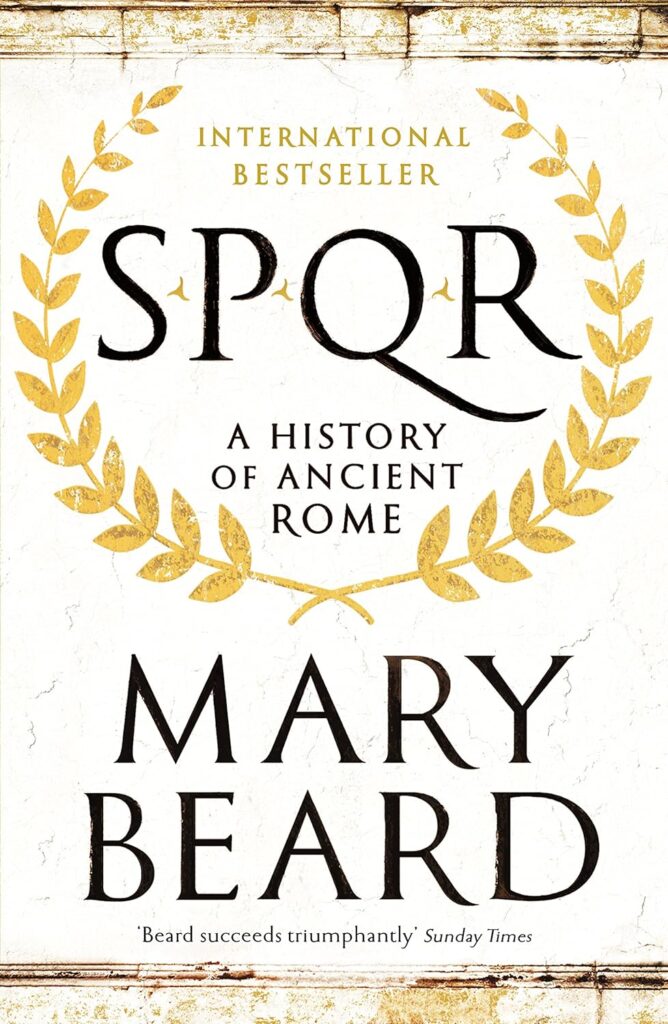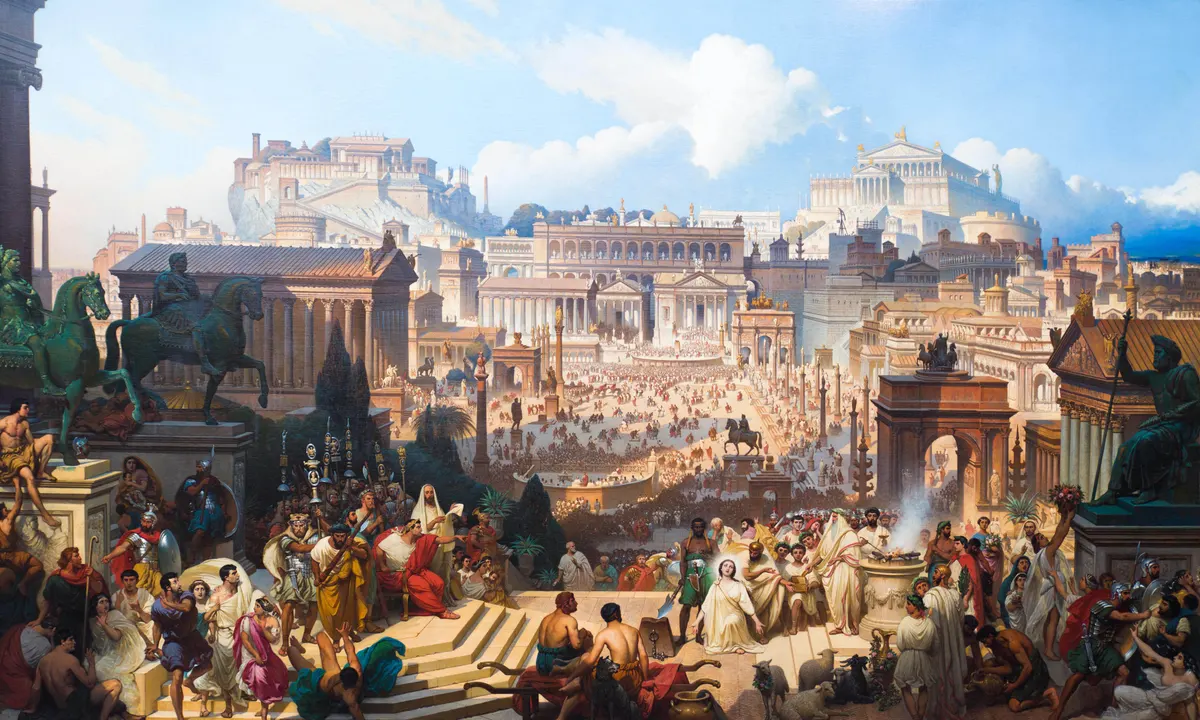The saying goes, “Rome wasn’t built in a day,” emphasizing the time and effort required to create something magnificent.
The Roman Empire, a colossal entity that once stretched from Britain to Egypt, is a perfect illustration of this notion.
It took centuries for Rome to evolve from a city-state into a sprawling empire, and similarly, its decline was a gradual process.
The division of the Roman Empire into the Western Roman Empire and Eastern Roman Empire in A.D. 395 was not a sudden event but a culmination of various complex factors.
The Vast Roman Empire
To comprehend the split, one must appreciate the sheer size of the Roman Empire. It was not just its magnitude but also the challenges posed by its extensive borders that contributed to its eventual division.
The Roman Empire covered a vast expanse, extending from the Atlantic Ocean in the west to regions that now constitute parts of Iraq, Kuwait, Turkey, and Syria in the east.
This enormous territory was, in practice, much larger due to the limited communication speeds of the time.
“The Roman Empire was the biggest state western Eurasia has ever seen and, even though it looks big on the map, it was even bigger in practice because of communication speeds,” Peter Heather, professor of medieval history at King’s College London in England.
“Over land, it was possible to travel about 20 miles [32 kilometers] a day, whereas now we can go maybe 400 [miles, or 640 km]. Given the real measure of distance is how long it takes a person to cover ground, the Empire was, to all intents and purposes, 20 times bigger than it appears to us today.”
More Than Just Size
While size played a role, it was not the sole factor behind the division. The rise of Persia as a superpower in the 3rd century A.D. necessitated the presence of a Roman emperor closer to the Persian frontier.
Additionally, the definition of a “Roman” evolved over time, encompassing provincial elites spanning from Scotland to Iraq. The need for effective governance across these diverse regions and cultures led to the idea of splitting the empire.
The Long Road to Division
The split of the Roman Empire was not a sudden occurrence in A.D. 395, as commonly believed.
“We often think of [the split] happening at one specific point in time. The most common date given is [A.D.] 395, when [Roman emperor] Theodosius I died and was succeeded by his sons Arcadius and Honorius, who became rulers in the East and West respectively,” Humphries said.
The concept of having multiple emperors or a collegiate rulership had been in place for over a century.
The tetrarchy, established by Diocletian in A.D. 284, saw two senior emperors (augusti) ruling in the east and west, along with two junior rulers (caesars). This structure dissolved soon after Diocletian’s abdication, and the empire saw numerous shifts in power.
Complicated Relations
After the empire split, the relations between the Eastern and Western Roman Empires were far from seamless.
It was challenging to divide the authority and maintain harmonious relations between colleagues. Tensions often arose, and there were instances of one side refusing to recognize consuls appointed by the other.
The Fall of the Western Roman Empire
The Western Roman Empire met its demise in A.D. 476 when Odoacer, a Germanic leader, overthrew the last emperor, Romulus Augustulus. This event is typically considered the endpoint of the Western Roman Empire’s existence.
The Byzantine Empire – A Successor State
The Eastern Roman Empire, also known as the Byzantine Empire, endured until 1453. While some historians do not categorize it as a direct continuation of the Roman Empire, others argue that it is as much a successor state as any of its western counterparts, such as the Visigothic or Frankish kingdoms.
The division of the Roman Empire was a multifaceted process, influenced by factors beyond its vast size.
It was a gradual shift that began long before the year 395, and relations between the Eastern and Western Roman Empires were often marked by tension.
The fall of the Western Roman Empire in 476 marked the end of an era, while the Byzantine Empire persisted as a successor state for centuries to come.
FAQs
- When did the Roman Empire split into the Eastern and Western Roman Empires?
The division began long before A.D. 395, but this year is commonly cited as the point of formal separation. - Why did the Roman Empire split into two parts?
The split was influenced by factors such as the empire’s vast size, political changes, and the need to oversee diverse regions. - Did the Eastern and Western Roman Empires collaborate after the split?
While they aimed for cooperation, tensions often arose, and there were instances of mutual refusal to recognize certain appointments. - What led to the fall of the Western Roman Empire?
The Western Roman Empire collapsed in A.D. 476 when Odoacer, a Germanic leader, overthrew the last emperor, Romulus Augustulus. - Is the Byzantine Empire considered a true successor to the Roman Empire?
Historians have differing opinions, with some regarding the Byzantine Empire as a legitimate successor state to the Roman Empire.
Discover:

SPQR: A History of Ancient Rome
$9.15 (30% off)
Named one of the Best Books of the Year by the Wall Street Journal, the Economist, Foreign Affairs, and Kirkus Reviews

